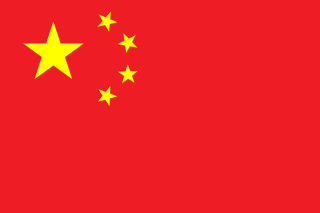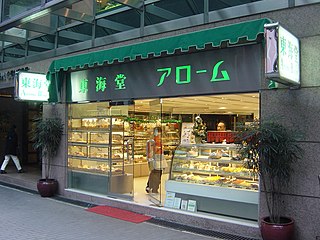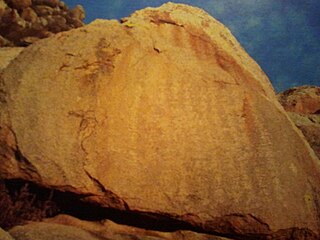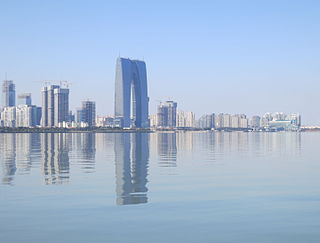 W
WThe following outline is provided as an overview of and topical guide to China:
 W
WChinese bakery products consist of pastries, cakes, snacks, and desserts of largely Chinese origin, though some are derived from Western baked goods. Some of the most common Chinese bakery products include mooncakes, sun cakes, egg tarts, and wife cakes.
 W
WThe following is a list of Chinese wars and battles, organized by date.
 W
WChina is a major chess power, with the women's team winning silver medals at the Olympiad in 2010, 2012, and 2014; the men's team winning gold at the 2014 Olympiad, and the average rating for the country's top ten players second in the FIDE rankings at the end of 2014.
 W
WThe list of coin hoards in China lists significant archaeological hoards of coins, other types of coinages or objects related to coins discovered in China. The history of Chinese currency dates back as early as the Spring and Autumn period, and the earliest coinages took the form of imitations of the cowrie shells that were used in ceremonial exchanges. During the Warring States period new forms of currency such as the spade money, knife money, and round copper-alloy coins were introduced. After unification of China under the Qin dynasty in 221 BC the Ban Liang (半兩) cash coin became the standard coinage, under the Han dynasty the Wu Zhu (五銖) cash coins became the main currency of China until they were replaced with the Kaiyuan Tongbao (開元通寳) during the Tang dynasty, after which a large number of inscriptions were used on Chinese coinages. During the late nineteenth century China started producing its own machine-struck coinages.
 W
WChinese desserts are sweet foods and dishes that are served with tea, along with meals or at the end of meals in Chinese cuisine. The desserts encompass a wide variety of ingredients commonly used in East Asian cuisines such as powdered or whole glutinous rice, sweet bean pastes, and agar. Due to the many Chinese cultures and the long history of China, there are a great variety of desserts of many forms.
 W
WAside from many original inventions, the Chinese were also early original pioneers in the discovery of natural phenomena which can be found in the human body, the environment of the world, and the immediate solar system. They also discovered many concepts in mathematics. The list below contains discoveries which found their origins in China.
 W
WMultiple ethnic groups populate China, the area claimed by both the People's Republic of China (China) and the Republic of China (Taiwan).
 W
WChina has been the source of many innovations, scientific discoveries and inventions. This includes the Four Great Inventions: papermaking, the compass, gunpowder, and printing. The list below contains these and other inventions in China attested by archaeological or historical evidence.
 W
WThe list of Jurchen inscriptions comprises a list of the corpus of known inscriptions written in the Jurchen language using the Jurchen script. There are ten monumental inscriptions, mostly dating to the Jin dynasty (1115–1234), but the latest monument dates to the early Ming Dynasty (1413). There are also a number of short Jurchen inscriptions on portable artefacts such as mirrors, seals and paiza. In contrast with inscriptions in Khitan scripts, there are no known examples of stone-inscribed epitaphs in the Jurchen script.
 W
WThe list of Khitan inscriptions comprises a list of the corpus of known inscriptions written in the Khitan large script and the Khitan small script. These two scripts were used by the Khitan people in northern China during the 10th through 12th centuries for writing the extinct Khitan language. The Khitan language was in use during the Liao Dynasty (907–1125), the Kara-Khitan Khanate (1124–1218) and the Jin dynasty (1115–1234), but the last recorded Khitan speaker, Yelü Chucai, died in 1243, and the language probably became extinct soon afterwards.
 W
WThe Primary NTHS Expressways of China are numbered with one- or two-digit designations. Generally, one-digit routes radiate from Beijing, for two-digit routes, odd-numbered routes under 90 run north-south, with lower numbers in the east and higher numbers in the west; even-numbered routes under 90 run east-west, with lower numbers in the north and higher numbers in the south; while 9X routes are zonal beltways.
 W
WThis is a list of notable Chinese soups. Chinese cuisine includes styles originating from the diverse regions of China, as well as from Chinese people in other parts of the world. Many Chinese soups are noodle-based. By 2000 BCE, wheat had arrived in China from western Asia. These grains were typically served as warm noodle soups instead of baked into bread as in Europe. Chinese noodles are used in the preparation of some Chinese soups.
 W
WThe following list of tallest buildings in Suzhou ranks skyscrapers in the Chinese city of Suzhou, Jiangsu by height. The tallest building in Suzhou is currently Suzhou IFS and is 452 meters tall. Most skyscrapers in Suzhou are clustered around the Suzhou Industrial Park area. This list ranks skyscrapers in Suzhou that stand at least 180 m tall, based on standard height measurement.
 W
WThis is a list of Chinese teas. Chinese tea is a beverage made from the leaves of tea plants and – depending on the type of tea – typically 60–100 °C hot water. Tea leaves are processed using traditional Chinese methods. Chinese tea is drunk throughout the day, including during meals, as a substitute for plain water, for health, or for simple pleasure.
 W
WThis is a timeline of the Three Kingdoms period (220–280) of Chinese history. In a strict academic sense, the Three Kingdoms period refers to the interval between the founding of the state of Cao Wei (220–266) in 220 and the conquest of the state of Eastern Wu (229–280) by the Western Jin dynasty (265–316) in 280. However, many Chinese historians and laymen extend the starting point of this period back to the Yellow Turban Rebellion that took place in 184 during the late Eastern Han Dynasty (25–220).
 W
WTourist Attraction Rating Categories of China is a rating system used by the Chinese authorities to determine the quality of the attraction relative to its peers in terms of safety, cleanliness, sanitation and transportation. It is broken up into five categories which are A, AA (2A), AAA (3A), AAAA (4A) and AAAAA.
 W
WThis is a list of UNESCO World Heritage Sites in China. China has 55, ranking top in the world along with Italy. China ratified The Convention Concerning the Protection of the World Cultural and Natural Heritage on 12 December 1985. These sites comprise some of the most essential part of China's valuable and rich tourism resources.